Are colours of vegetables and fruits important to health?
Fruit and vegetables fall into five different colour categories: red, purple/blue, orange, green and white/brown. Each colour carries its own set of unique disease fighting chemicals called phytochemicals. It is these phytochemicals that give fruits and vegetables their vibrant colour and of course some of their healthy properties.
What’s in a colour?
Purple / blue
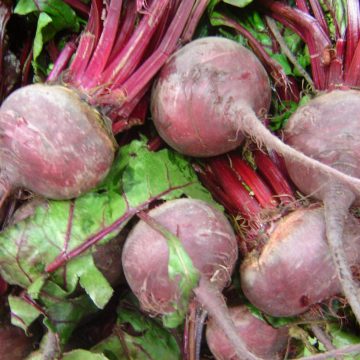
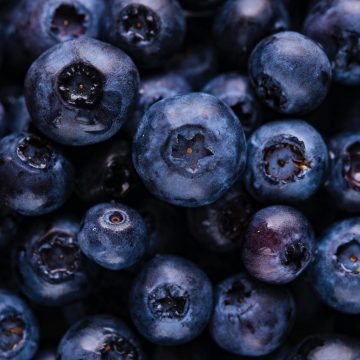
The plant pigment anthocyanin is what gives blue/purple fruits and vegetables their distinctive colour. Anthocyanin also has antioxidant properties that protect cells from damage and can help reduce the risk of cancer, stroke and heart disease.
Red
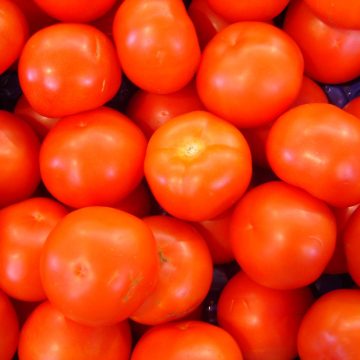
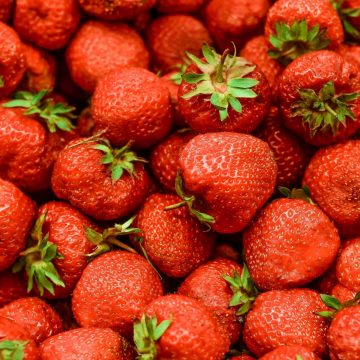
Red fruits and vegetables are coloured by a natural plant pigment called lycopene. Lycopene is a powerful antioxidant that can help reduce the risk of cancer and keep our heart healthy.
Orange / yellow
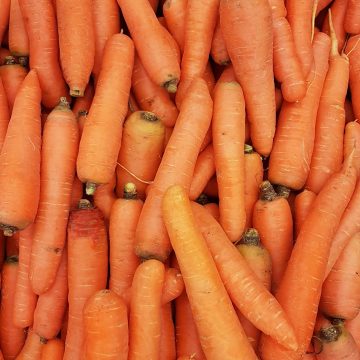
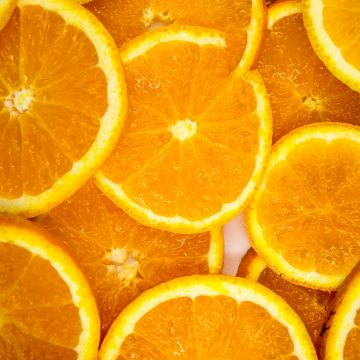
Carotenoids give this group their vibrant colour. A well-known carotenoid called Betacarotene is found in sweet potatoes, pumpkins and carrots. It is converted to vitamin A, which helps maintain healthy mucous membranes and healthy eyes. Another carotenoid called lutein is stored in the eye and has been found to prevent cataracts and age-related macular degeneration, which can lead to blindness.
Green
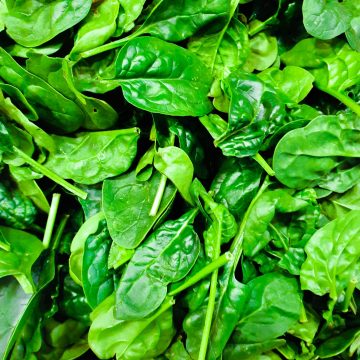

Green vegetables contain a range of phytochemicals including carotenoids, indoles and saponins, all of which have anti-cancer properties. Leafy greens such as spinach and broccoli are also excellent sources of folate.
Brown / white
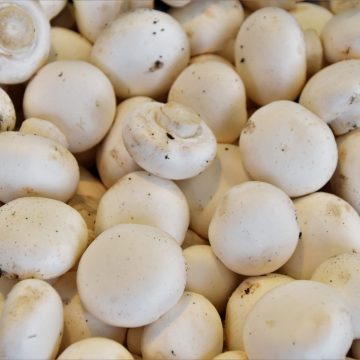
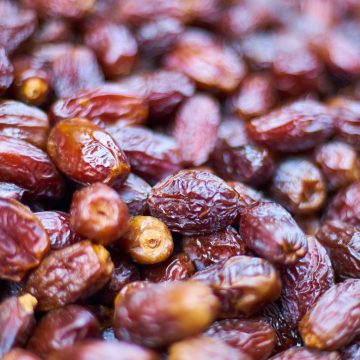
White fruits and vegetables contain a range of health-promoting phytochemicals such as allicin (found in garlic) which is known for its antiviral and antibacterial properties. Some members of the white group, such as bananas and potatoes, are also a good source of potassium.
Remember:
- There are five different colour categories for fruits and vegetables with their own unique set of phytochemicals.
- Colour categories include red, purple/blue, orange/yellow, green and brown/white.
Fruit and vegetable colour chart
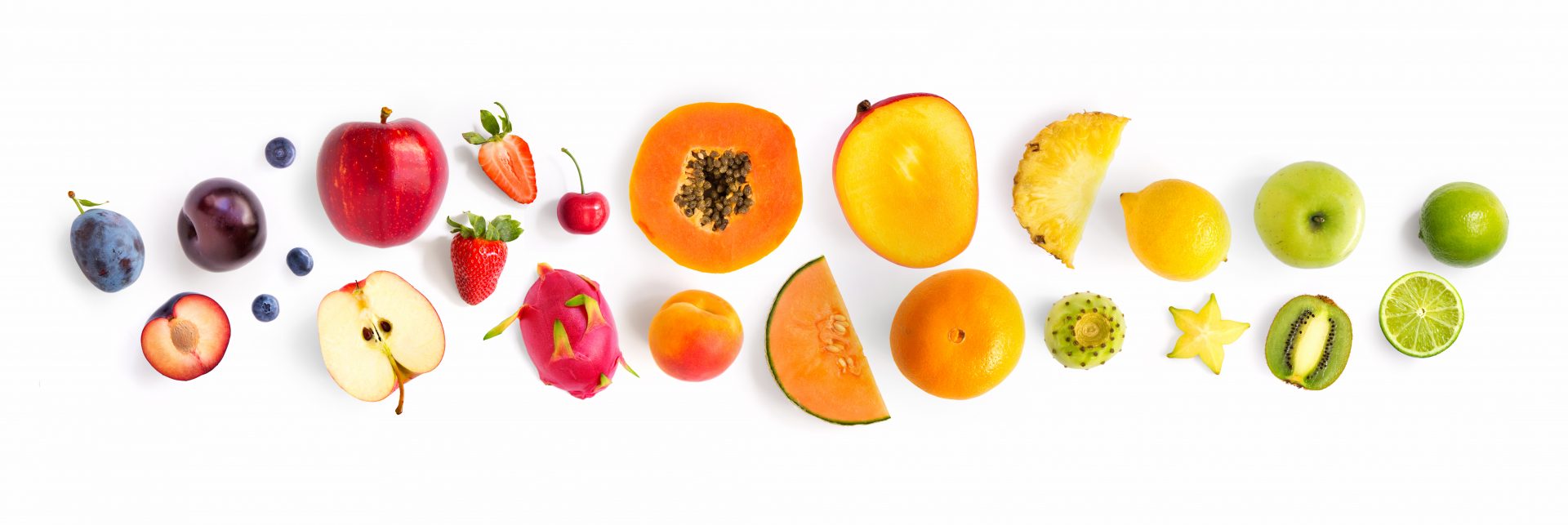
| Purple / blue | Red | Orange / yellow | Green | Brown / white |
|---|---|---|---|---|
| Beetroot Red cabbage Eggplant Purple asparagus Blackberries Blueberries Purple grapes Plums | Tomato Red capsicum Radishes Strawberries Rhubarb Cherries Red grapes Raspberries Watermelon Red apples | Carrots Rockmelon Lemons Sweet potato Pumpkin Pineapples Mangoes Corn Oranges Squash Peaches Nectarines Apricots Grapefruit | Spinach Asparagus Avocados Broccoli Peas Green apples Green grapes Limes Kiwifruit Green beans Lettuce Cabbage Celery Cucumber Green capsicum | Cauliflower Brown pears Mushrooms White peaches Garlic Bananas Potatoes Dates Onions Ginger Parsnips Turnip |
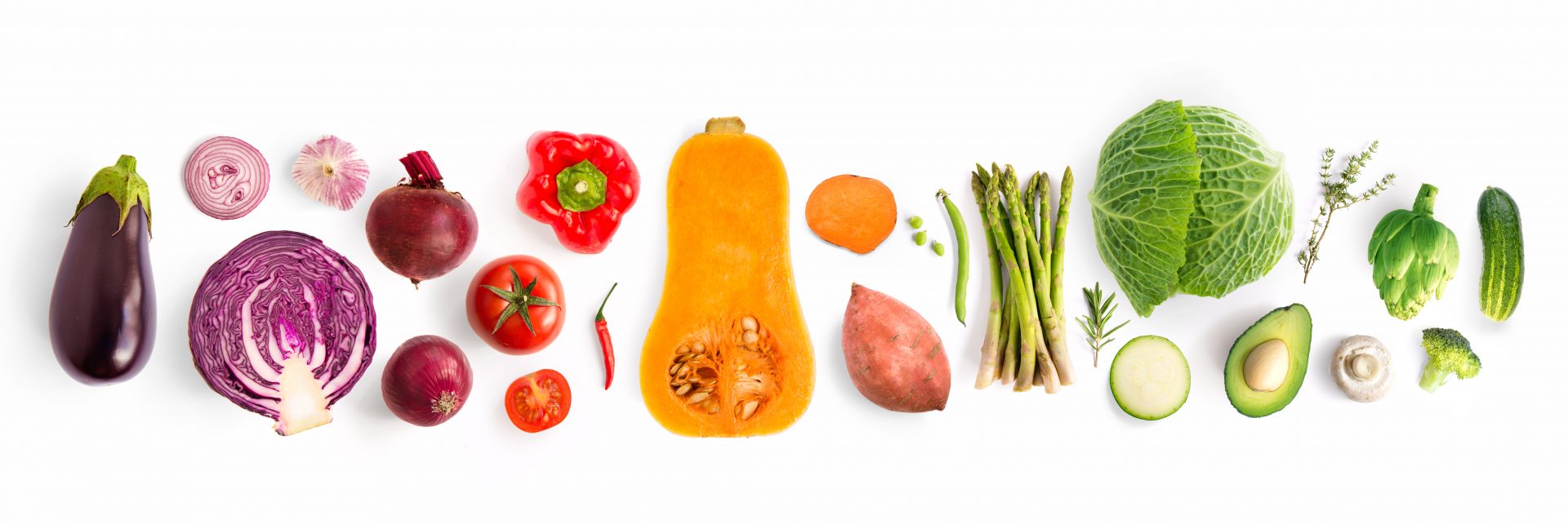
Encouraging children to eat a rainbow
Offering a wide range of colours in children’s food is not only visually appealing, but also ensures that children are receiving a great variety of nutrients. Here are some healthy ways you can interest children into the marvellous, colourful world of fruit and vegetables:
Create your own fruit and vegetable Rainbow
A great way to keep track of the colours children eat each day is to create a fruit and veg rainbow poster. Every time the children eat a colourful fruit and vegetable they can place a corresponding coloured sticker on the rainbow or get them to colour in a small section on the rainbow. This is also a great activity that parents can do with their children at home.
Create a rainbow on your plate
Make a tropical rainbow fruit salad with fruits of each colour: oranges, strawberries, mango, rockmelon, kiwifruit, bananas, and blueberries. Stir fry your own mix of vegetables using each colour: red onions, carrots, baby corn, broccoli and mushrooms.
Read a book – I can eat a rainbow by Annabel Karmel
I can eat a rainbow teaches kids how to eat healthily by enjoying a ‘rainbow’ of food, from purple plums to red apples to greens like spinach and celery. Each two-page spread focuses on food of a different colour.
Remember:
- Offer children a variety of fruits and vegetables from all the colour categories.
- Try fun activities to encourage trying new fruits and vegetables.





